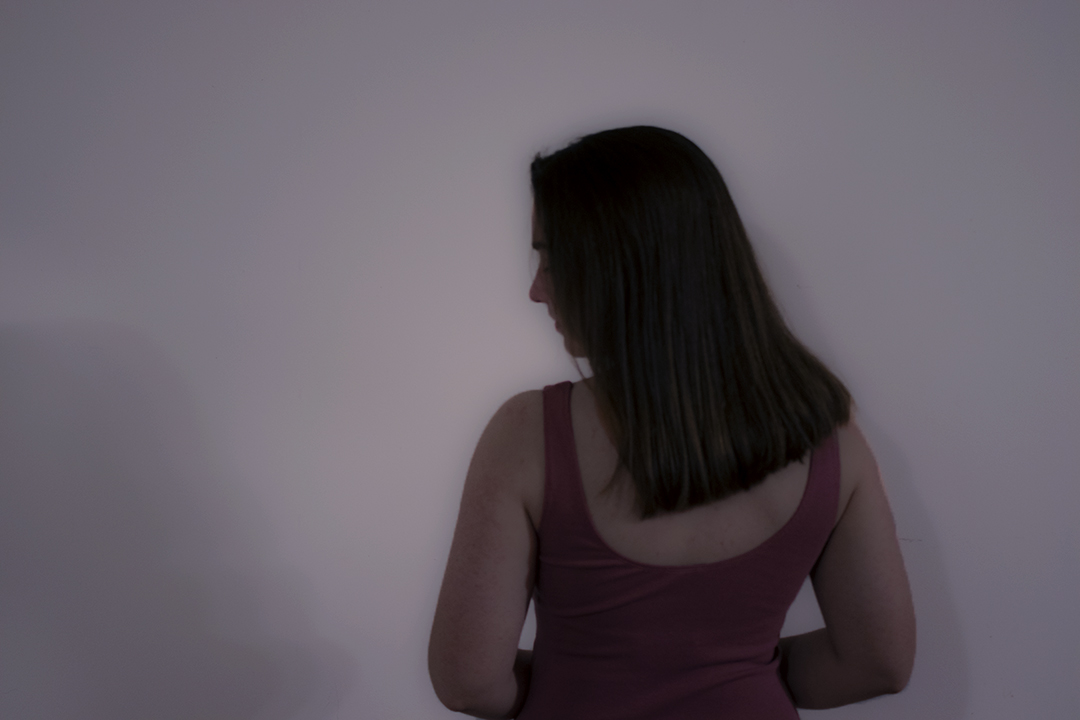If I had a dollar for every time I’ve heard the words ‘male gaze’ over the past few months, I’d have, well, a lot of money. Perhaps I’d have enough to buy myself one of those green fur-trimmed Saks Potts coats or the Vivienne Westwood orb necklaces that circulate our social media feeds.
The term ‘male gaze’ has been tossed around by feminist cultural critics and fashion influencers alike to the point that it has lost its power as an idea. Today, ‘the male gaze’ has become synonymous with “something that pleases men,” and the general consensus is that if a woman dresses with the intention of catering to men’s tastes, she is subjecting herself to the male gaze.
Not long ago, it was a trend for girls to compare their style transformations on TikTok before and after dressing for the male gaze. The consensus seems to be that male-gaze fashion means wearing skimpy and tasteless clothing that sexualizes the female body, while the post-male-gaze look encompasses more experimental and masculine fashion choices that are less revealing.
But this current application of ‘gaze’ seems to neglect a lot of things about human behaviour. Is dressing to please others really internalized misogyny? Can we really reduce our self-perception and behaviour to what clothes we wear?
Our mainstream understanding of the male gaze ignores the complex societal forces that dictate our self-expression, and it reduces a person’s need to feel desired to mere sexism.
To begin with, it is important to trace the origins of this overused buzzword. ‘Male gaze’ was first defined in the mainstream media for use in cinema studies. Laura Mulvey, a British film theorist, coined the term in a 1975 article, defining the ‘male gaze’ as the perspective through which a movie is filmed and consumed — most commonly through the lens of a heterosexual male gaze for an audience of heterosexual men.
Men see themselves taking active roles in movies and are therefore able to identify with themselves onscreen, while women can only see themselves depicted as sexual objects, and internalize that male gaze from the movies. Women are gazed upon by the media and society through a man’s point of view.
There is truth to this theory, and it arguably impacts the real lives of men and women. We form much of our self-image and worldview through the media, and when society mostly sees women as objects of sexual desire, it can have repercussions on a woman’s self-esteem and agency — such is the power of representation.
However, when we consider real-life relationships and self-expression, the male gaze tends to neglect the nuances of human behaviour. It would be sad if a woman stifled her self-expression to please men, but when people of any gender present themselves to the world, that presentation is often shaped by how their peers see them.
Women dress for not only the male gaze but also for the ‘female gaze’ — to fit in with certain fashion trends or their circle of friends. Hilariously, the TikTok fashion transformations term the post-male-gaze fashion as the “female gaze” look — which is, in reality, a lot less empowering than the TikTokers make it sound. To me, the transformations look more like someone discovering hair dye and patterned pants for the first time after shopping at Brandy Melville their whole life than a woman freeing herself from the shackles of man-pleasing.
Furthermore, many of us dress more modestly around our parents, avoid bold fashion statements and casual wear when going to business meetings, and adhere to dress codes when attending formal events. Many of us dress for acceptance into society, no matter who we are.
This raises the question, “Is dressing to please others inherently bad?” Personally, I wear more revealing clothes that accentuate certain parts of my body when I’m going to a party, especially if I have the intention of meeting a potential partner there. Those clothes don’t always align with my artistic fashion sensibilities, but frankly, I’m okay with that. I would argue that many women do the same thing, and that is nothing to be ashamed of.
Many of us yearn to feel desired, and presenting ourselves to look desirable isn’t anti-feminist or a negative reflection on oneself. It is simply a normal behaviour in the mating process and society in general.
Let’s retire the idea that more masculine clothing and less makeup are markers of one’s liberation from the male gaze. Everyone gazes at each other, and no matter how we present ourselves, we are internalizing a diversity of gazes. It’s okay to only want to dress for yourself — whatever that may mean — but it’s also okay to put on a shorter skirt to look desirable for men and partake in the mating game. Simone de Beauvoir won’t strike you down from the heavens for doing it. Nobody is above it — let’s stop acting as though we are.
Milena Pappalardo is a first-year social sciences student at Trinity College.


